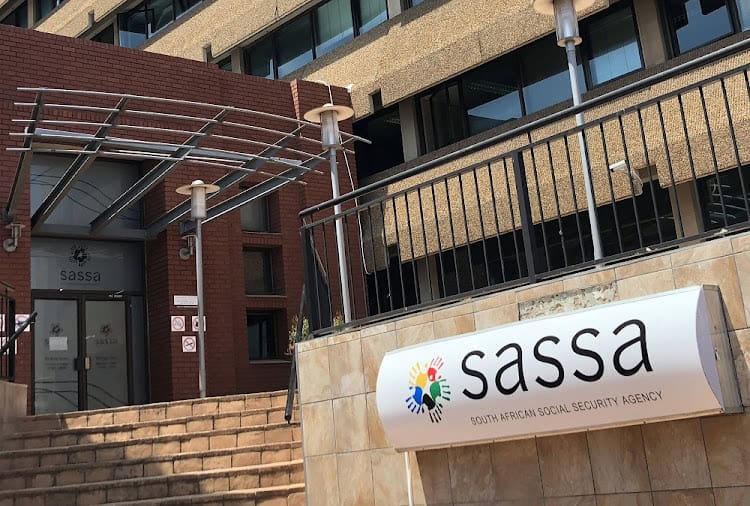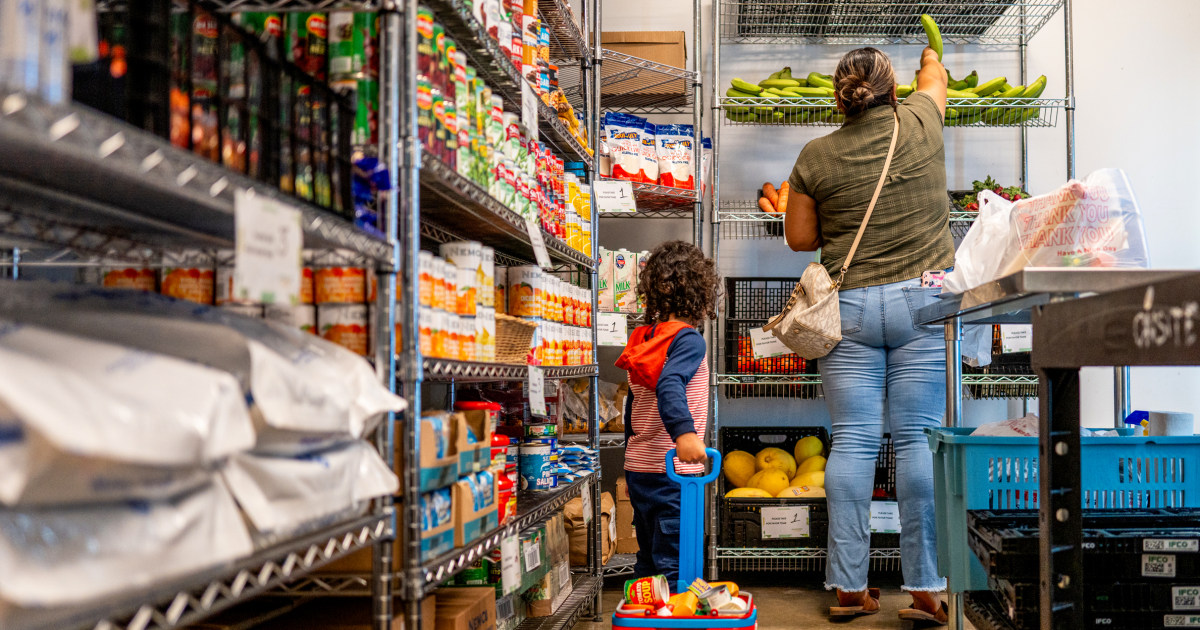Report on Morocco’s Legislative Framework for Social Work and its Alignment with Sustainable Development Goals
Introduction: Advancing Social Protection through Legislative Reform
Over the past two decades, the Kingdom of Morocco has demonstrated a reinforced commitment to social protection and inclusive development, directly contributing to the achievement of the Sustainable Development Goals (SDGs). This national effort, focused on vulnerable and disadvantaged populations, is underpinned by a series of legislative acts designed to create a comprehensive social protection system. A pivotal development in this framework is Law 45.18, which formally structures and regulates the social work profession. This legislation marks a significant advancement in Morocco’s strategy to achieve SDG 1 (No Poverty), SDG 10 (Reduced Inequalities), and SDG 16 (Peace, Justice, and Strong Institutions) by ensuring equitable access to social services.
The Legislative Architecture for Inclusive Social Development
Law 45.18 is part of a cohesive legislative ecosystem aimed at strengthening social welfare and institutional integrity.
Foundational Legal Instruments
- Law 14.05 (2006): This law established standards for the management and administrative control of social assistance institutions. By mandating transparency and accountability, it strengthens institutional frameworks, aligning with SDG 16 by protecting beneficiaries’ rights.
- Law 65.15: Regulating social care institutions for individuals in difficult circumstances—including neglected children, vulnerable women, the elderly, and persons with disabilities—this law champions principles of dignity and non-discrimination. It directly supports SDG 3 (Good Health and Well-being) and SDG 5 (Gender Equality) by ensuring the physical and psychological safety of vulnerable groups.
- Framework Law 09.21 (2021): Articulating a national vision for universal social protection coverage by 2025, this law represents a major policy commitment to social justice. Its goal of providing equal access to social protection systems for all citizens is a direct mechanism for advancing SDG 1 and SDG 10.
Law 45.18: Professionalizing Social Work for Enhanced Service Delivery
Adopted in March 2024, Law 45.18 professionalizes the field of social work, recognizing its critical role in empowering disadvantaged populations. The law institutionalizes the profession through several key mechanisms:
- Accreditation and Standardization: It introduces a robust accreditation system based on formal qualifications and professional experience, improving the quality of social services. This focus on professional development aligns with SDG 4 (Quality Education) and SDG 8 (Decent Work and Economic Growth) by creating standardized training and clear career pathways.
- Professional Categorization: The law defines specific roles, from community development workers to family support professionals, to encourage specialization and clarify responsibilities within the sector.
- Governance and Oversight: It mandates the creation of regional professional associations and a national union for social workers. These bodies are tasked with overseeing compliance, conducting inspections, and enforcing ethical standards, thereby building effective and accountable institutions as called for in SDG 16.
Implementation Challenges and Strategic Imperatives
The successful implementation of Law 45.18 is contingent upon addressing several existing challenges. Achieving the full potential of this legal framework requires targeted action in key areas.
Identified Challenges
- Development of Accreditation Bodies: The nascent stage of accreditation institutions creates delays and uncertainty for practitioners seeking official recognition.
- Job Security and Professional Stability: Precarious employment conditions and limited career development pathways for social workers threaten retention and morale, impacting the goals of SDG 8.
- Training Gaps and Continuing Education: A need persists for standardized and expanded training programs to meet evolving social service demands, a critical component for fulfilling SDG 4.
- Unified Professional Identity and Ethics: Establishing a clear, unified ethical code and standard practices is essential for professional integrity and accountability under SDG 16.
- Resource and Governance Coordination: Effective implementation requires seamless coordination of resources and governance among government agencies, civil society, and professional organizations.
Recommendations for Effective Implementation
Realizing the objectives of Law 45.18 necessitates sustained political will, investment in human capital, and multi-stakeholder collaboration. The deployment of digital tools to streamline certification and enhance training is a key strategic priority. These efforts are fundamental to building a resilient social service sector capable of delivering high-quality, equitable services that uphold the dignity and human rights of all citizens.
Conclusion: A Model for Sustainable and Inclusive Social Development
Law 45.18, in conjunction with Laws 14.05, 65.15, and Framework Law 09.21, forms a coherent legislative framework that advances Morocco’s vision for social justice. This integrated approach is critical to reducing poverty (SDG 1), enhancing family welfare (SDG 3), and promoting equality (SDG 10). By professionalizing social work, Morocco is building a more effective, accountable, and ethical social service sector. This pioneering model offers valuable insights for other nations working to establish inclusive, rights-based social protection systems as a cornerstone for achieving the 2030 Agenda for Sustainable Development.
Analysis of SDGs in the Article
-
Which SDGs are addressed or connected to the issues highlighted in the article?
The article on Morocco’s social protection reforms addresses several Sustainable Development Goals (SDGs) by focusing on legislative frameworks designed to create a more inclusive and equitable society. The following SDGs are relevant:
- SDG 1: No Poverty: The article’s central theme is the strengthening of Morocco’s social protection system to support vulnerable citizens. It explicitly mentions that the initiatives are part of a “larger plan aimed at expanding social protection, enhancing family welfare, and reducing poverty.”
- SDG 4: Quality Education: The professionalization of social work through Law 45.18 directly connects to this goal. The law establishes “explicit criteria for training requirements” and highlights the “persistent need for expanded, standardized training programs” and “ongoing professional growth” for social workers.
- SDG 5: Gender Equality: The article specifically names “vulnerable women” as a key beneficiary group of the social care institutions regulated by Law 65.15. This law’s emphasis on dignity and non-discrimination aims to protect and empower women in difficult circumstances.
- SDG 8: Decent Work and Economic Growth: The article discusses the professionalization of the social work field. It addresses issues of “job security and professional stability,” noting that many social workers face “precarious employment conditions and insufficient career development pathways,” which Law 45.18 aims to rectify.
- SDG 10: Reduced Inequalities: This is a core theme, as the legislation aims for “inclusive development for all citizens, with a special emphasis on vulnerable and disadvantaged groups.” The article lists beneficiaries such as “neglected children, vulnerable women, the elderly, and people with disabilities,” and Framework Law 09.21 aims for “universal protection net coverage” to ensure equal access for all.
- SDG 16: Peace, Justice and Strong Institutions: The entire article is about building a “comprehensive and coherent legislative framework” (Laws 45.18, 14.05, 65.15, 09.21) to govern social protection. It details the creation of accountable institutions, such as “accreditation bodies,” “regional professional associations,” and a “national union for social workers” to ensure transparency, compliance, and the integrity of the profession.
-
What specific targets under those SDGs can be identified based on the article’s content?
Based on the article’s focus, several specific SDG targets can be identified:
- Target 1.3: Implement nationally appropriate social protection systems and measures for all, including floors, and by 2030 achieve substantial coverage of the poor and the vulnerable. The article directly supports this target by describing Framework Law 09.21, which “articulates the national vision for universal protection net coverage by 2025” and aims to provide “equal social protection systems to all Moroccan citizens.”
- Target 4.4: By 2030, substantially increase the number of youth and adults who have relevant skills, including technical and vocational skills, for employment, decent jobs and entrepreneurship. Law 45.18 addresses this by professionalizing social work, introducing an “accreditation system that recognizes both formal qualifications as well as prior professional experience,” and highlighting the need for “standardized training programs” to improve the skills and quality of social services.
- Target 5.1: End all forms of discrimination against all women and girls everywhere. Law 65.15, which regulates social care institutions, has a “strong emphasis on dignity, non-discrimination, physical and psychological safety” for beneficiaries, including vulnerable women.
- Target 8.5: By 2030, achieve full and productive employment and decent work for all women and men, including for young people and persons with disabilities, and equal pay for work of equal value. The article’s focus on legitimizing the social work profession and addressing “precarious employment conditions” and the lack of “career development pathways” for social workers is a direct effort to create decent work within this sector.
- Target 10.2: By 2030, empower and promote the social, economic and political inclusion of all, irrespective of age, sex, disability, race, ethnicity, origin, religion or economic or other status. The legislation is explicitly designed to empower “underprivileged groups,” including “neglected children, vulnerable women, the elderly, and people with disabilities,” ensuring they receive equitable and high-quality social services.
- Target 16.6: Develop effective, accountable and transparent institutions at all levels. The article describes how Law 45.18 mandates the “creation of regional professional associations and a national union for social workers” to “oversee compliance, perform inspections, and implement disciplinary penalties,” thereby building accountable institutions to govern the profession.
-
Are there any indicators mentioned or implied in the article that can be used to measure progress towards the identified targets?
The article implies several indicators that can be used to measure progress:
- Indicator for Target 1.3: Proportion of the population covered by social protection systems. The article provides a clear metric and timeline with its reference to the national goal of achieving “universal protection net coverage by 2025.”
- Indicator for Target 4.4: The number of social workers with recognized qualifications. Progress can be measured by tracking the number of professionals who have successfully gone through the “robust accreditation system” established by Law 45.18. The development and enrollment in “standardized training programs” would be another key metric.
- Indicator for Target 8.5: The employment status and conditions of social workers. A potential indicator is the percentage of social workers with stable employment contracts and access to defined “career development pathways,” as opposed to the “precarious employment conditions” mentioned as a current challenge.
- Indicator for Target 10.2: The number of individuals from vulnerable groups receiving social services. Progress could be measured by tracking the reach of social care institutions assisting “neglected children, vulnerable women, the elderly, and people with disabilities.”
- Indicator for Target 16.6: The establishment and operational status of regulatory bodies. A direct indicator is the successful creation and functioning of the mandated “regional professional associations and a national union for social workers,” as well as the “institutions responsible for professional accreditation.”
-
Create a table with three columns titled ‘SDGs, Targets and Indicators” to present the findings from analyzing the article. In this table, list the Sustainable Development Goals (SDGs), their corresponding targets, and the specific indicators identified in the article.
SDGs Targets Indicators SDG 1: No Poverty 1.3: Implement nationally appropriate social protection systems for all. Proportion of the population covered by the social protection system, with a national goal of “universal protection net coverage by 2025.” SDG 4: Quality Education 4.4: Increase the number of adults with relevant skills for employment. Number of social workers accredited through the new system; availability of and enrollment in standardized training programs. SDG 5: Gender Equality 5.1: End all forms of discrimination against all women and girls. Implementation of non-discrimination principles within social care institutions that assist “vulnerable women.” SDG 8: Decent Work and Economic Growth 8.5: Achieve full and productive employment and decent work for all. Percentage of social workers with stable employment contracts and access to career development pathways. SDG 10: Reduced Inequalities 10.2: Empower and promote the social, economic, and political inclusion of all. Number of individuals from vulnerable groups (children, women, elderly, persons with disabilities) accessing social services. SDG 16: Peace, Justice and Strong Institutions 16.6: Develop effective, accountable and transparent institutions. Establishment and operational status of accreditation bodies, regional professional associations, and a national union for social workers.
Source: moroccoworldnews.com






